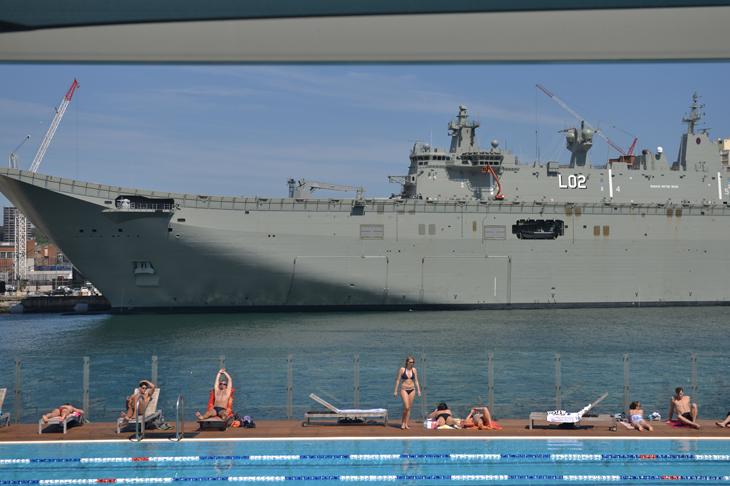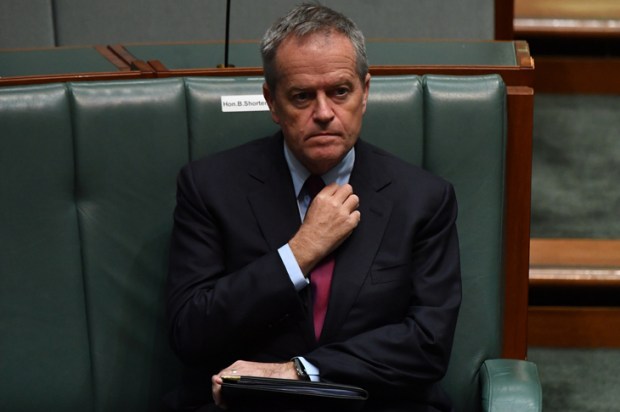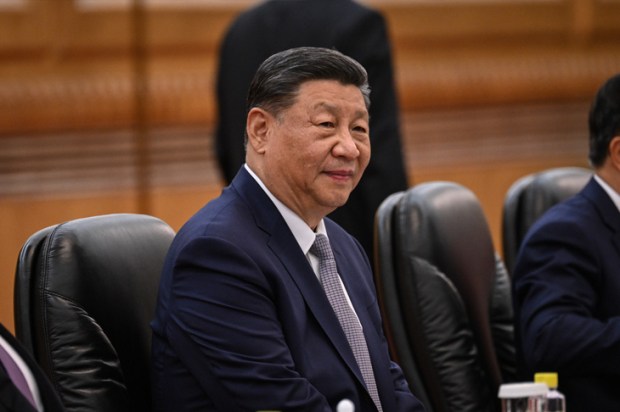In recent days in the Middle East, our good friend and long-time ally the United States requested that we send a warship to safeguard vessels transiting those troubled waters. We said no.
What sort of ally are we that when our major partner asks for help we don’t respond?
A disloyal one.
Already a subscriber? Log in
Subscribe for just $2 a week
Try a month of The Spectator Australia absolutely free and without commitment. Not only that but – if you choose to continue – you’ll pay just $2 a week for your first year.
- Unlimited access to spectator.com.au and app
- The weekly edition on the Spectator Australia app
- Spectator podcasts and newsletters
- Full access to spectator.co.uk
Or
Unlock this article
Dr Tom Lewis OAM, a former naval officer and intelligence analyst, is a military historian. His latest books are The Sinking of HMAS Sydney and Bombers North.
You might disagree with half of it, but you’ll enjoy reading all of it. Try your first month for free, then just $2 a week for the remainder of your first year.














Comments
Don't miss out
Join the conversation with other Spectator Australia readers. Subscribe to leave a comment.
SUBSCRIBEAlready a subscriber? Log in